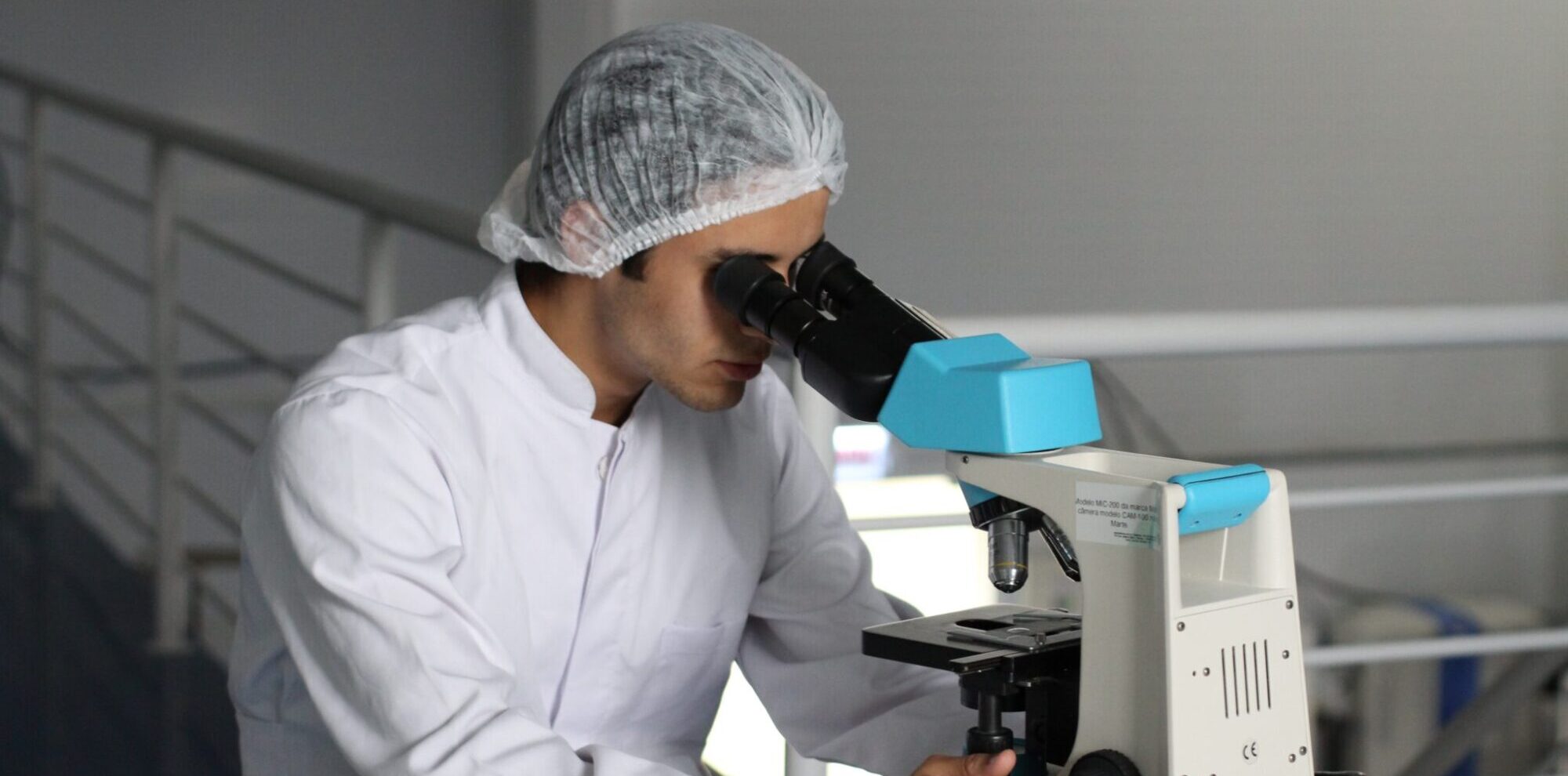
Time for a NICE change
Insights from the conclusions of the NICE methods review.
The conclusions of the NICE methods review, approved by its board last week, mark the end of an extended process looking at overhauling the methods and processes by which the organisation evaluates new health technologies. The review, which spanned a period of two years, is likely going to be the last one of its magnitude for some time. It was positioned as an important step towards achieving the UK’s ambitions to cement itself as a world leader in the faster access and uptake of innovative medicines; a vision it has been pushing since the UK detached itself from the European Union’s regulatory orbit.
Industry’s initial response has been largely welcoming to the changes, although it has also been quickly acknowledged that some of the review’s original ambitions have been diluted or, as the BioIndustry Association recently wrote, ‘failed to match the ambitions set out at the start of the review’.
The changes present a shift in approach to NICE’s reviews as processes, to one that is more focused on ‘living’ guidelines. However, despite NICE positioning itself as helping to support the healthcare and life sciences ecosystem through flexible, agile, robust, future proof and rapid access intentions, there are several areas that still lack detail, or fail to provide the clarity many had hoped for.
Highly specialised technology criteria
The first is that the gap between single technology appraisals (STAs) and highly specialised technology appraisals (HST) has likely increased. Much of the criticism of the old HST methods was centered around the restrictive criteria for which a technology was considered highly specialised. The inconsistency in how these criteria were applied also meant only a smaller number of orphan products were ever considered as suitable for very rare diseases.
The new criteria has sought to provide clarity to this definition. However, in doing so, they may have further restricted the application of the programme. Those medicines falling between the very rare and common therapy areas spectrum still have no clear pathway. NICE has sought to rectify this with the introduction of a ‘severity modifier.’ The severity modifier will be used to decide whether to recommend a technology with an incremental cost effectiveness ratio above the normal QALY threshold depending on the severity of the disease. But it is likely that those medicines that are for rare diseases, but not ultra-rare diseases, remain at a disadvantage; and subsequently, those patients that they cater to.
Evolving complex healthcare needs
The second is around how health technology appraisals overlap with wider social policies, such as health inequalities, comorbidities and the impact of the life sciences sector on the environment. There had been hopes that NICE would provide a steer on how, like the severity modifier, these factors could be considered when evaluating technology.
Although it is arguably not in the remit of NICE to spearhead the sustainability agenda, these other broad stroke areas are increasingly topical challenges for the future of health policy and will need to be taken into account going forward if the organisation strives to remain forward looking and flexible to real world realities.
NICE has now committed to review the way in which these areas can be accounted for within appraisals to better reflect the real value of medicines. The conclusions of the review make no provisions for these areas yet. However, they do make the commitment to review this in the future, although the process and timeline beyond public consultations, remains unknown.
We can therefore expect significant focus over the course of the next few years on assessing what modifying for these considerations might mean. Views from industry are likely to be wide ranging and the onus will be on NICE to understand society’s willingness to make tradeoffs in recommendations and pricing based on these factors.
NICE has clearly recognised that this review is a chance to remove anomalies and bring in some consistent processes across the programmes. The message to industry also remains clear – the organisation remains the authority for driving the appraisals process and they will ultimately still have full control over determining whether an evaluation is progressed or not.
Despite the strive to consider the full spectrum of uncertainty that comes with the evaluation of new health technologies, implementation of modifiers, or future commitments to review more advantageous discount rates, the organisation’s ultimate objective to drive better value for money remains unchanged.